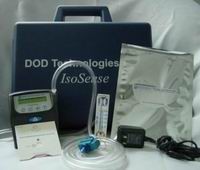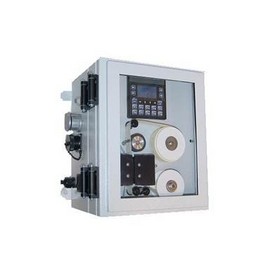
When working with certain materials and products—throughout many industries—it’s important to know what those materials are, and any health effects associated with them. One common compound known to pose risks is isocyanates, which are the raw materials that make up all polyurethane products. They are commonly used in, and encountered by, polyurethane manufacturers, specialty chemical manufacturers, and those working with rubbers, adhesives, fabrics, mattresses, insulation, aCL1nd coating materials.
Commonly used isocyanates include toluene diisocyanate (TDI), methylene bisphenyl isocyanate (MDI), and NDI, HDI, and IPDI. Used in building materials, furniture, packaging, and coatings, what they all have in common is that they pose potential health risks, including irritation of the eyes, nose, throat, and skin, and lung problems, including asthma. Additionally, they are classified as potential human carcinogens.

Monitoring and controlling exposure to these compounds, and of the work environment itself, is crucial. This means wearing a protective self-contained breathing apparatus or a supplied-air respirator, goggles, chemical-resistant suits, gloves, and isolating work areas from unprotected workers. Areas containing these products should be well ventilated, have safe fans and proper ducting, and have effective exhaust vents. Knowing and recognizing symptoms of exposure—eye and skin irritation, rashes, sensitized skin—can mean quick and effective treatment.
Clinical management of isocyanate exposure is important and easy. Products that can detect Isocyanates include our IsoSense, CLPx, and CL1. Always be aware of the aforementioned symptoms and practice the safety/preventative procedures. Practice routine safety methods, such as hand washing and awareness of surrounding environments, and be aware of first aid procedures. You can find a list of related OSHA standards and safety techniques here, and remember that detection of any and all health risks is imperative, and often life-saving.






